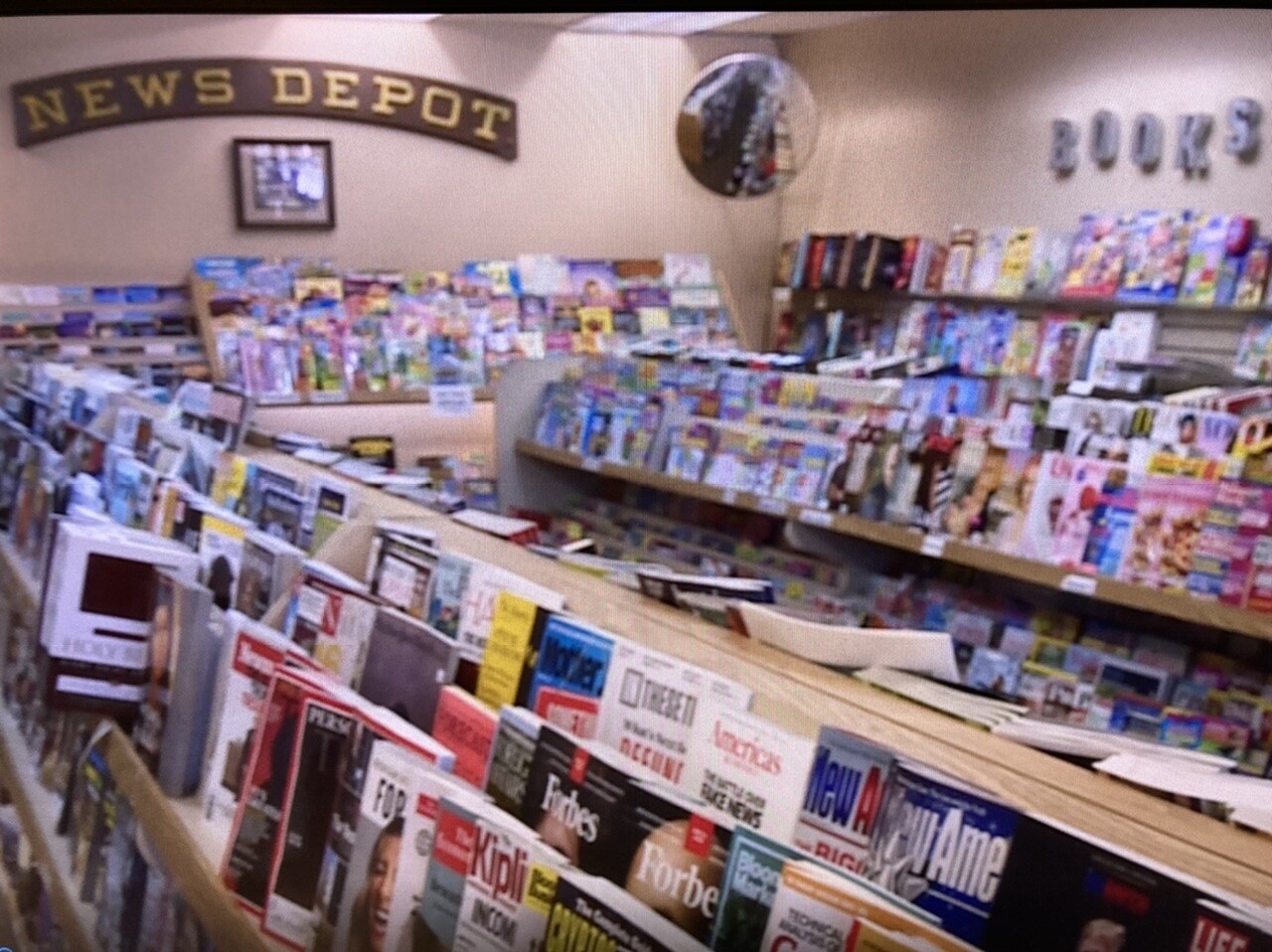Inside Bosse's News & Tobacco in downtown Green Bay, stacks of newspapers greet customers near the front door.
"[P]eople come in and say, 'Boy, I'm glad I can get [newspapers] in my hand,'" Steve Liebert, the owner, said.

The ink-on-paper technology of a physical newspaper is different than news that is read from a link on social media like Facebook.
The computer algorithms involved in the latter option catalog users' clicks and likes, among other information, said Jennifer Slack, PhD, distinguished professor of communication and cultural studies at Michigan Technological University.
"An algorithm is simply a computerized mathematical process that manages all that data, all those clicks..." Slack said.
The algorithm "combines it, manages it, and spits out a match that you then get connected to."
The advertisements and links a user then sees are meant to leave that person wanting more, all tailored to that individual, Slack said.
"It narrows down our options in very crucial ways, we don't fully grasp what's happening out there in the world," Slack said of the process.
"We don't really understand other people's positions very well, we don't even see them," Slack said.
As far as solutions, at the individual level, someone can seek out alternative news sources - which do not all sound the same as each other, Slack said.
But a broader, big-picture change would require a shift in public policy, Slack said.
Facebook did not respond to a request for comment.




